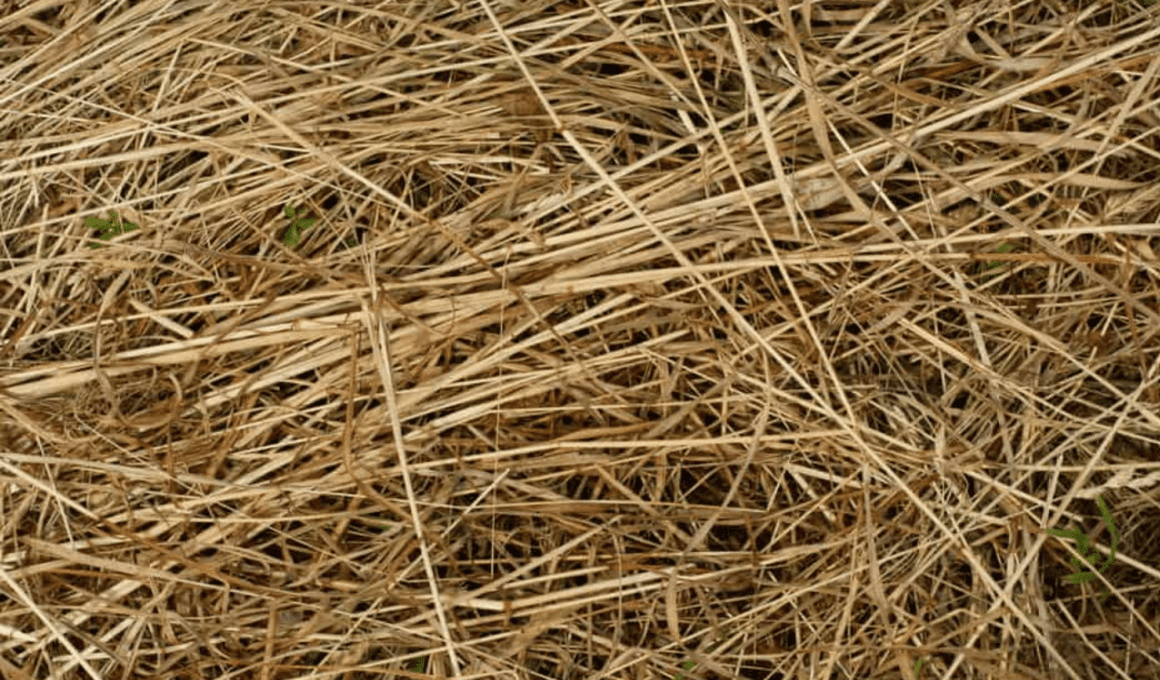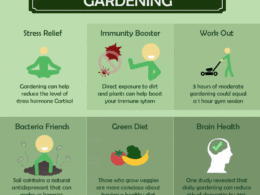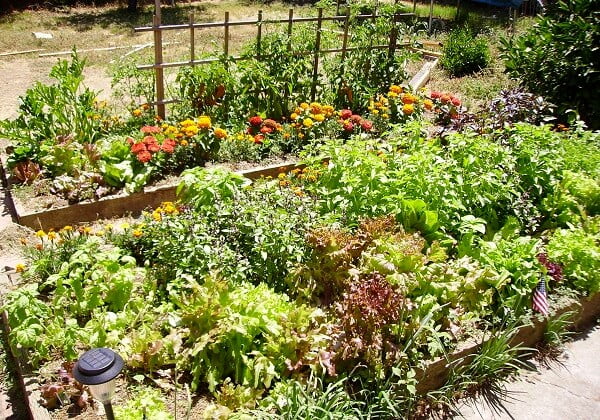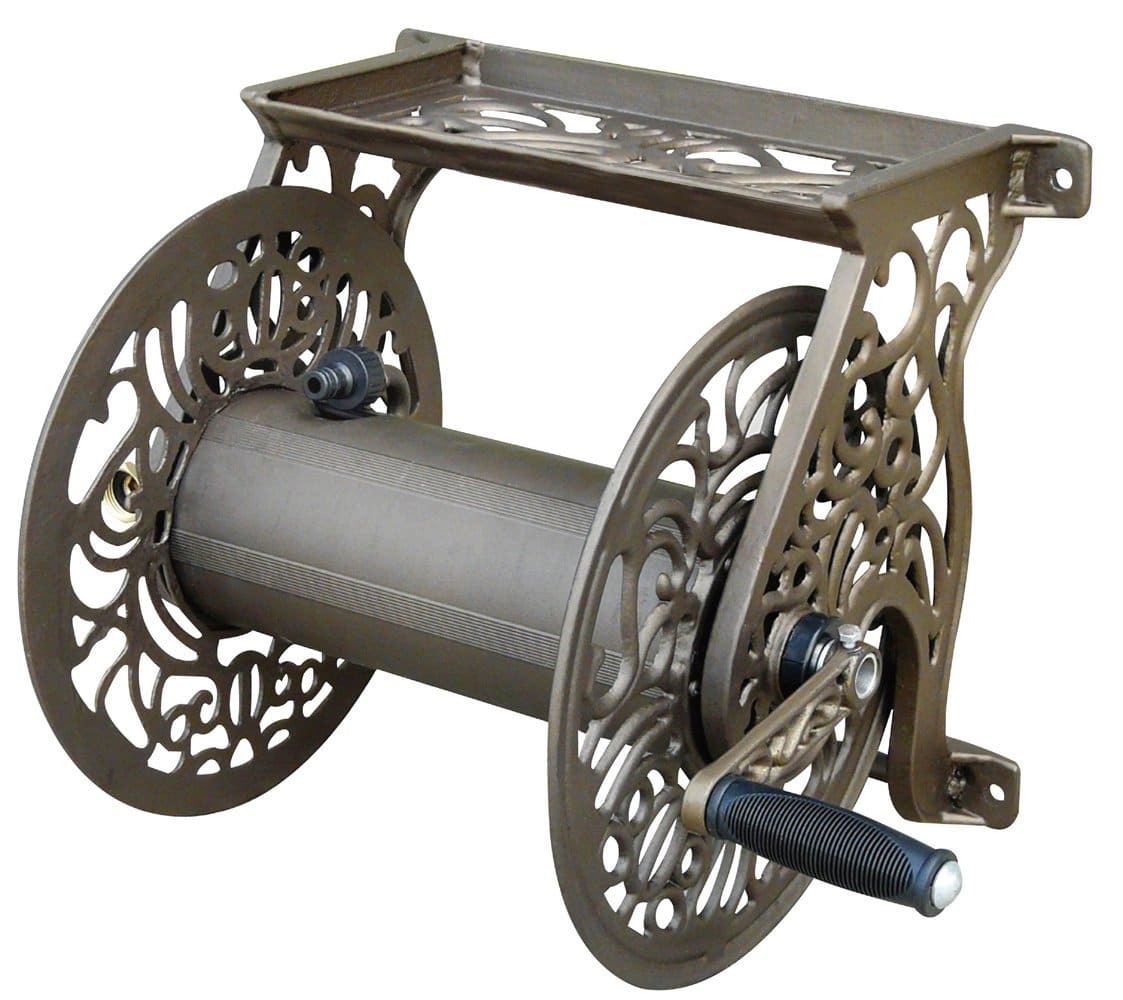Quick Summary
- Hay is important for grass seed germination as it provides protection and moisture.
- It is recommended to leave hay on grass seed for 10 to 14 days.
- Proper techniques should be used to avoid damaging seedlings when removing hay.
- Hay acts as a natural weed suppressant and improves soil moisture retention.
Importance of Hay for Grass Seed Germination
The presence of hay during the germination process not only aids in moisture retention, but also provides a protective barrier against harsh weather conditions and potential erosion, ultimately promoting successful grass seed germination.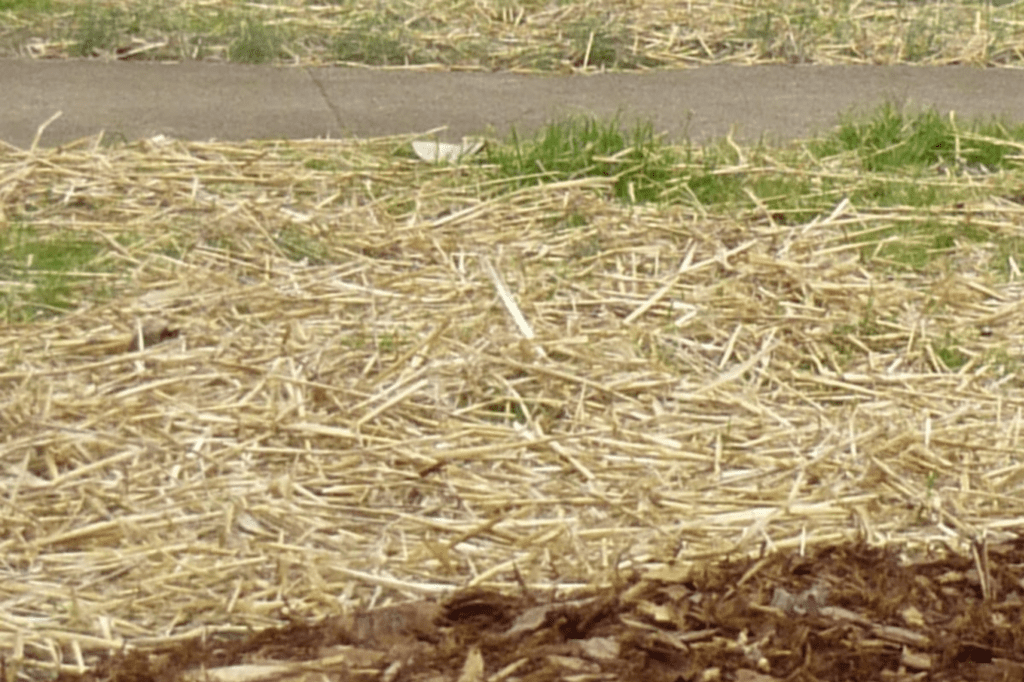 Hay acts as a natural weed suppressant, preventing unwanted plants from competing with the grass seed for nutrients, sunlight, and water. This is particularly important for those who desire safety, as it reduces the need for chemical weed control methods that may pose risks to human health and the environment.
Moreover, hay plays a crucial role in improving soil moisture retention. It acts as a sponge, absorbing and holding water, which is essential for grass seed germination. By keeping the soil consistently moist, hay creates an optimal environment for the seeds to sprout and establish strong roots. This is especially beneficial in regions with limited rainfall or during dry spells when water conservation is of utmost importance.
In addition to its practical benefits, hay also adds an aesthetic touch to the germination process. The golden hues of dried hay complement the vibrant green of growing grass, enhancing the overall visual appeal of the lawn.
Incorporating hay during the germination process yields numerous advantages. It acts as a natural weed suppressant, improves soil moisture retention, and adds aesthetic appeal.
By following this approach, you can ensure a safe and successful grass seed germination process while enjoying a lush and beautiful lawn.
Hay acts as a natural weed suppressant, preventing unwanted plants from competing with the grass seed for nutrients, sunlight, and water. This is particularly important for those who desire safety, as it reduces the need for chemical weed control methods that may pose risks to human health and the environment.
Moreover, hay plays a crucial role in improving soil moisture retention. It acts as a sponge, absorbing and holding water, which is essential for grass seed germination. By keeping the soil consistently moist, hay creates an optimal environment for the seeds to sprout and establish strong roots. This is especially beneficial in regions with limited rainfall or during dry spells when water conservation is of utmost importance.
In addition to its practical benefits, hay also adds an aesthetic touch to the germination process. The golden hues of dried hay complement the vibrant green of growing grass, enhancing the overall visual appeal of the lawn.
Incorporating hay during the germination process yields numerous advantages. It acts as a natural weed suppressant, improves soil moisture retention, and adds aesthetic appeal.
By following this approach, you can ensure a safe and successful grass seed germination process while enjoying a lush and beautiful lawn.
Factors to Consider When Leaving Hay on Grass Seed
When leaving hay on grass seed, there are two important factors to consider: soil moisture and temperature, as well as the type and growth rate of the grass seed. You should ensure that the soil is adequately moist but not overly saturated to promote germination. Additionally, understanding the specific needs and growth rate of the grass seed will help determine how long the hay should be left on to provide the necessary protection and nutrients.Soil Moisture and Temperature
After planting grass seed, you’ll want to keep an eye on the soil moisture and temperature. Proper soil moisture management is crucial for the success of your grass seed. If the soil becomes too dry, the germination process will slow down and the seeds may not sprout at all.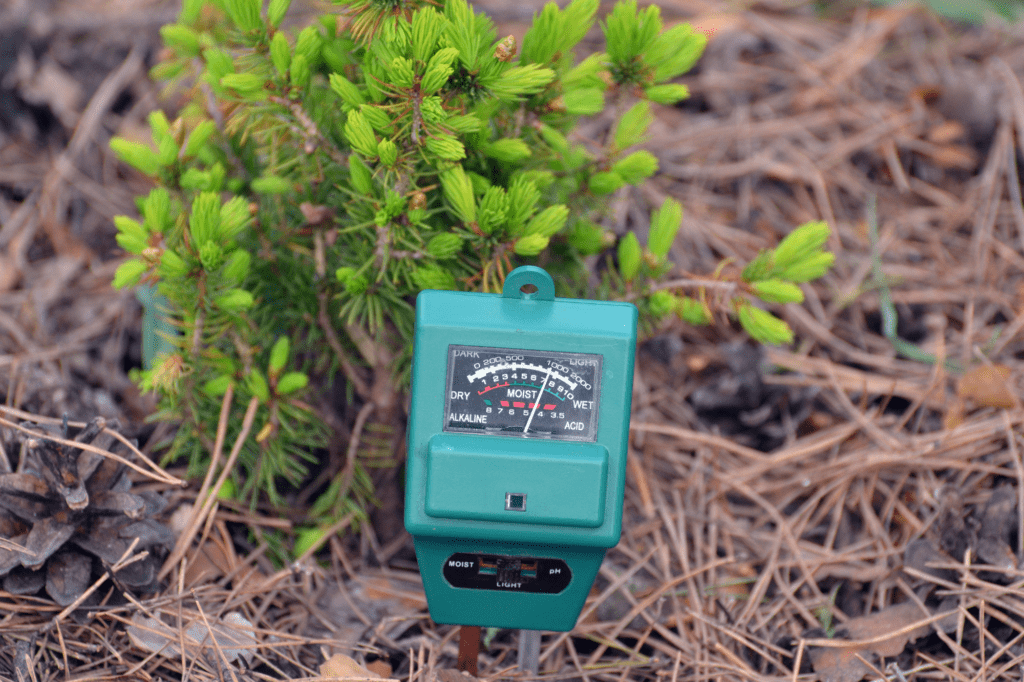 On the other hand, excessive moisture can lead to fungal diseases and rotting of the seeds. It is important to maintain a balance in soil moisture levels by watering the grass seed regularly, especially during hot and dry periods.
Temperature also plays a significant role in the germination of grass seed. Most grass species prefer a temperature range of 60 to 75 degrees Fahrenheit for optimal growth. If the temperature drops below 50 degrees Fahrenheit, the germination process will slow down significantly. High temperatures above 90 degrees Fahrenheit can also negatively affect germination.
It is important to monitor the temperature and provide necessary protection, such as shading or mulching, during extreme weather conditions.
By paying attention to soil moisture and temperature, you can ensure the successful germination and growth of your grass seed, leading to a healthy and vibrant lawn.
On the other hand, excessive moisture can lead to fungal diseases and rotting of the seeds. It is important to maintain a balance in soil moisture levels by watering the grass seed regularly, especially during hot and dry periods.
Temperature also plays a significant role in the germination of grass seed. Most grass species prefer a temperature range of 60 to 75 degrees Fahrenheit for optimal growth. If the temperature drops below 50 degrees Fahrenheit, the germination process will slow down significantly. High temperatures above 90 degrees Fahrenheit can also negatively affect germination.
It is important to monitor the temperature and provide necessary protection, such as shading or mulching, during extreme weather conditions.
By paying attention to soil moisture and temperature, you can ensure the successful germination and growth of your grass seed, leading to a healthy and vibrant lawn.
Grass Seed Type and Growth Rate
Choosing the right type of grass seed and understanding its growth rate is essential for achieving a lush and thriving lawn. When it comes to high traffic areas, it is important to select grass seed varieties that are specifically designed to withstand heavy use. These varieties are typically more durable and resilient, making them ideal for areas where foot traffic or play is frequent. Additionally, overseeding existing lawns can help to fill in thin or bare spots, promoting a denser and healthier lawn overall. This technique involves spreading grass seed over an existing lawn, which helps to thicken the turf and improve its appearance. When overseeding, it is important to follow proper watering and maintenance practices to ensure successful seed germination and growth. Here is a table outlining some popular grass seed varieties for high traffic areas and techniques for overseeding existing lawns:| Grass Seed Varieties for High Traffic Areas | Techniques for Overseeding Existing Lawns |
|---|---|
| Kentucky Bluegrass | Mow existing lawn short before overseeding |
| Perennial Ryegrass | Aerate soil before overseeding |
| Tall Fescue | Apply a starter fertilizer after overseeding |
| Bermuda Grass | Water consistently after overseeding |
Recommended Duration for Leaving Hay on Grass Seed
To ensure optimal growth, you should let the hay sit on the freshly sown grass seed for a minimum of two weeks, allowing the vibrant green sprouts to peek through the golden strands, creating a picturesque scene of nature’s progress. This recommended hay duration is essential for the growth and protection of your grass seed. Leaving the hay on the seed for this duration provides numerous benefits that will help your grass seed thrive. Firstly, the hay cover acts as a protective barrier against various external factors. It shields the delicate seedlings from harsh weather conditions such as heavy rain or intense sunlight, which can hinder their growth. Additionally, the hay cover helps retain moisture in the soil, preventing it from evaporating quickly and ensuring that the grass seed receives the necessary hydration for healthy development. Furthermore, the hay cover also acts as a natural mulch, providing an extra layer of insulation to the seedlings. This helps regulate the soil temperature, keeping it warm during colder periods and cooler during warmer periods. By maintaining a stable temperature, the hay cover creates an ideal environment for the grass seed to establish strong roots and grow vigorously. It’s highly recommended to leave the hay on the freshly sown grass seed for at least two weeks. This duration allows for optimal growth by providing protection against harsh weather conditions and acting as a natural mulch. By following this recommendation, you can ensure the safety and success of your grass seed, leading to a lush and vibrant lawn.Signs That Hay Should Be Removed
When it’s time, go ahead and remove the hay from your newly sown grass seed to allow for unrestricted growth. Leaving hay on your grass seed for too long can have negative consequences. One sign that hay should be removed is if you notice any signs of hay contamination. This can include mold or fungus growth on the hay, which can spread to your grass seed and hinder its growth. Another sign is if you see an increase in weed growth. Hay can contain weed seeds, and if left on the grass seed for too long, these weed seeds can germinate and compete with the grass seed for nutrients and sunlight. By removing the hay, you can prevent these weeds from taking over your newly sown grass seed. It is important to remove the hay in a timely manner to ensure the success of your grass seed. If you wait too long, the hay can smother the grass seedlings and prevent them from growing properly. Additionally, the hay can create a barrier that prevents water from reaching the grass seed, leading to dehydration and poor growth. By promptly removing the hay, you can create the ideal conditions for your grass seed to thrive and establish a healthy lawn. So, be on the lookout for these signs and take action to remove the hay when necessary for the best results.Proper Techniques for Removing Hay from Grass Seed
Once you’ve identified signs that hay should be removed, it’s important to use proper techniques for removing it from your grass seed. Start by grabbing a rake or pitchfork to gently lift and separate the hay from the delicate grass seedlings. Be careful not to damage the seedlings in the process. Creating an unobstructed path for growth is crucial for their development. When it comes to hay removal techniques, there are a few things to keep in mind. First, make sure the hay is properly stored before spreading it on the grass seed. This will help prevent any weed seeds or unwanted plant material from contaminating your grass seedlings. Additionally, avoid using hay that is old or moldy, as it can introduce harmful bacteria to your lawn. When removing the hay, be gentle and take your time. Use the rake or pitchfork to lift the hay in small sections, allowing the grass seedlings to breathe and receive sunlight. Dispose of the removed hay properly, away from the seedlings, to prevent recontamination. By following these proper techniques for removing hay from your grass seed, you can ensure the safety and healthy growth of your lawn. Remember, a little extra care and attention now will result in a beautiful and thriving lawn in the future.What is the Decomposition Rate of Grass Seed?
The decomposition rate of grass seed can vary depending on various factors, including environmental conditions and soil health. While grass seed itself doesn’t decompose, the leaves decompose time plays a crucial role in providing essential nutrients for germination and growth. The timing of leaf decomposition contributes to the overall success of grass seed establishment and the development of a healthy lawn or pasture.
Common Mistakes to Avoid When Removing Hay
Mishandling hay removal can lead to detrimental effects on the growth and development of your lawn. To ensure a healthy and thriving grass seed, it’s important to avoid these common mistakes when removing hay:- Rushing the process: Taking your time is crucial when removing hay from grass seed. Rushing can result in missed spots or uneven removal, which can hinder the growth of your lawn.
- Using improper tools: Using the wrong tools can cause damage to your grass seed. Avoid using sharp or heavy equipment that may tear or crush the delicate seedlings.
- Leaving behind debris: It’s essential to thoroughly remove all hay and debris from your lawn. Leaving behind even small amounts can create an environment for weed growth and prevent sunlight and water from reaching the grass seed.
- Neglecting to water after hay removal: After removing the hay, be sure to water your lawn adequately. Watering helps to settle the soil, promotes seed germination, and ensures proper growth.
Monitoring and Maintaining Newly Seeded Areas
To ensure optimal growth and health, it’s crucial to regularly monitor and maintain newly seeded areas. One important aspect of maintaining newly seeded areas is establishing a proper watering schedule. Adequate watering is essential for the germination and growth of grass seed. It’s recommended to water the area lightly and frequently to keep the soil consistently moist. Avoid overwatering, as it can lead to waterlogging and hinder seed growth. Additionally, be cautious of dry spells and adjust the watering schedule accordingly to prevent the seeds from drying out. Another key aspect of maintaining newly seeded areas is implementing effective weed prevention techniques. Weeds can compete with grass seed for nutrients and sunlight, hampering its growth. To prevent weeds from taking over, regularly inspect the area and manually remove any emerging weeds. Mulching the area can also help suppress weed growth by blocking their access to sunlight. Use organic mulch such as straw or wood chips, as synthetic mulches can hinder seed germination. By following a proper watering schedule and implementing effective weed prevention techniques, you can ensure the optimal growth and health of newly seeded areas. Remember to monitor the area regularly and make adjustments as needed to promote the successful establishment of your grass seed.Additional Tips for Successful Grass Seed Germination
For optimal grass seed germination, it’s important to keep the newly seeded area consistently moist by watering lightly and frequently. Watering the area two to three times a day, for short durations, will prevent the soil from drying out and ensure that the seeds have enough moisture to sprout. However, be cautious not to overwater, as this can lead to waterlogging and hinder germination. Here are some additional tips to help you achieve successful grass seed germination:- Provide additional watering during hot and dry weather to prevent the soil from drying out too quickly.
- Avoid mowing the newly seeded area until the grass has reached a height of at least 3 inches. This allows the roots to establish properly and ensures the grass is strong enough to withstand the stress of mowing.
- When it’s time to mow, set your mower blades to a higher setting to avoid cutting the grass too short. This helps promote healthy growth and prevents stress on the newly germinated grass.





